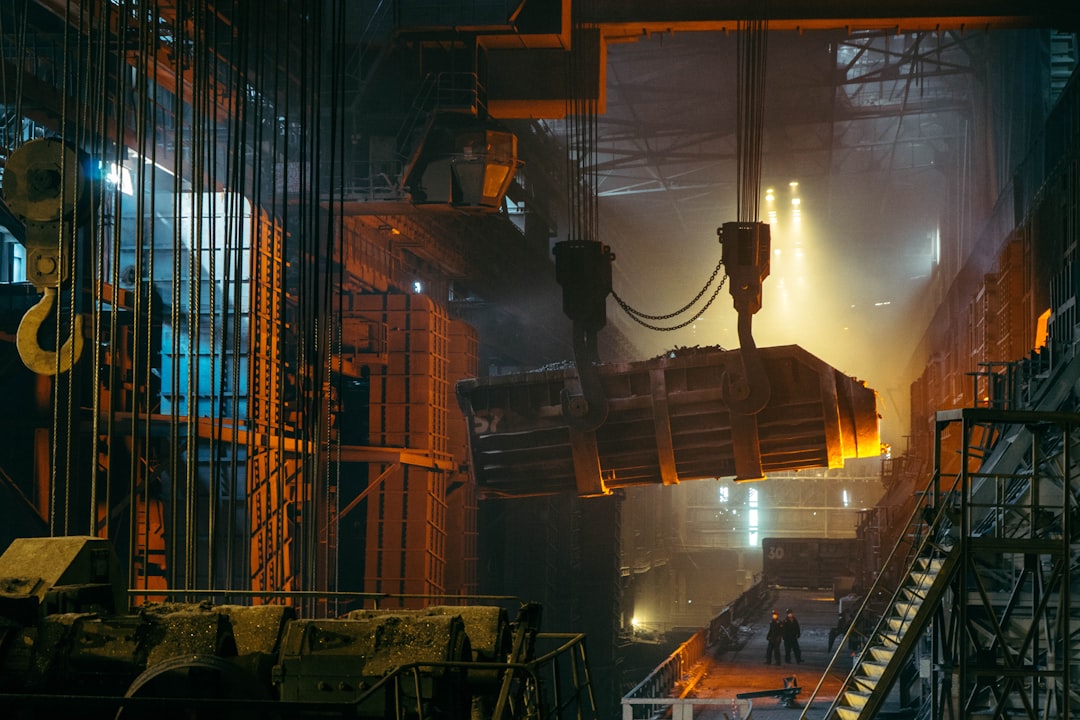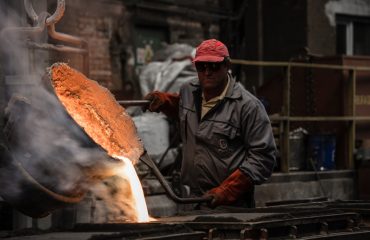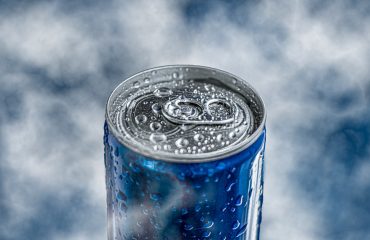body { font-family: sans-serif; line-height: 1.6; }
h1, h2, h3 { color: #333; }
img { max-width: 100%; height: auto; }
Power plants, the behemoths of energy generation, rely on robust and reliable infrastructure. While the turbines and generators often steal the spotlight, a critical yet often overlooked component is the extensive use of steel profiles. These seemingly simple shapes – beams, channels, angles, and more – play a vital role in the structural integrity, operational efficiency, and overall safety of these complex facilities. This post delves into the multifaceted world of steel profiles in power plants, exploring their diverse applications, material selection, and the crucial role they play in ensuring consistent and safe energy production.
1. Structural Support: The Backbone of Power Plant Infrastructure
Steel profiles form the very backbone of power plant structures. From the massive frameworks supporting boilers and turbines to the intricate scaffolding used during construction and maintenance, their strength and versatility are indispensable. Heavy-duty I-beams and H-beams are commonly employed to support the immense weight of equipment, while lighter channels and angles are used for bracing and secondary support structures. The ability of steel to withstand high temperatures and pressures, coupled with its excellent tensile strength, makes it the ideal material for these demanding applications. Proper design and engineering, considering factors like wind load, seismic activity, and thermal expansion, are crucial for ensuring the structural integrity of the entire plant.
2. Material Selection: Balancing Strength, Corrosion Resistance, and Cost
Choosing the right steel profile is a critical decision that impacts both performance and longevity. The selection process considers several factors, including the intended application, the operating environment, and budgetary constraints. Commonly used steel grades include carbon steel, which offers a good balance of strength and cost-effectiveness, and high-strength low-alloy (HSLA) steel, which boasts enhanced strength and weldability. For applications exposed to harsh environments, such as coastal power plants, corrosion-resistant steels, like stainless steel or weathering steel (Corten steel), are often preferred to mitigate the effects of rust and degradation. The specific grade of steel is carefully chosen to optimize performance and minimize maintenance costs over the plant’s lifespan.
3. Manufacturing Processes and Quality Control: Ensuring Precision and Durability
The precision manufacturing of steel profiles is paramount to their successful integration into power plant structures. Modern steel mills employ advanced rolling and shaping techniques to produce profiles with exacting dimensions and tolerances. Processes like hot-rolling and cold-forming allow for the creation of a wide range of shapes and sizes, tailored to specific design requirements. Rigorous quality control measures are implemented throughout the manufacturing process, ensuring that each profile meets the stringent standards demanded by the power generation industry. This includes regular testing for tensile strength, yield strength, and ductility, as well as inspections for surface defects and dimensional accuracy.
4. Applications Beyond Structural Support: Specialized Roles of Steel Profiles
The application of steel profiles extends beyond mere structural support. They play crucial roles in various specialized areas within a power plant:
- Conveyor Systems: Steel channels and angles form the framework of conveyor systems used to transport coal, ash, and other materials within the plant.
- Piping Supports: Steel profiles provide robust support for the extensive network of pipes carrying steam, water, and other fluids throughout the plant.
- Stairways and Platforms: Steel profiles are essential components in the construction of safe and accessible stairways and platforms for maintenance personnel.
- Electrical Enclosures: Steel profiles are used to create protective enclosures for electrical equipment, ensuring worker safety and equipment protection.
5. Safety and Maintenance: Ensuring Long-Term Performance
The safety and longevity of steel profiles are crucial for the overall operational efficiency and safety of the power plant. Regular inspections and maintenance are essential to detect and address any potential issues, such as corrosion, fatigue, or damage. Proper protective coatings, such as paints or galvanization, can significantly extend the lifespan of steel profiles and prevent premature degradation. Implementing a comprehensive maintenance program, including regular inspections and timely repairs, is vital for ensuring the continued structural integrity and safety of the power plant.
In conclusion, steel profiles are far more than just structural elements; they are the silent workhorses underpinning the reliable and efficient operation of power plants worldwide. Their strength, versatility, and cost-effectiveness make them indispensable components in the design and construction of these critical energy infrastructure facilities. Understanding their diverse applications, material properties, and maintenance requirements is paramount for ensuring the safety and longevity of power generation facilities.
SEO Tags: Steel profiles, power plant construction, structural steel, steel fabrication, energy infrastructure




